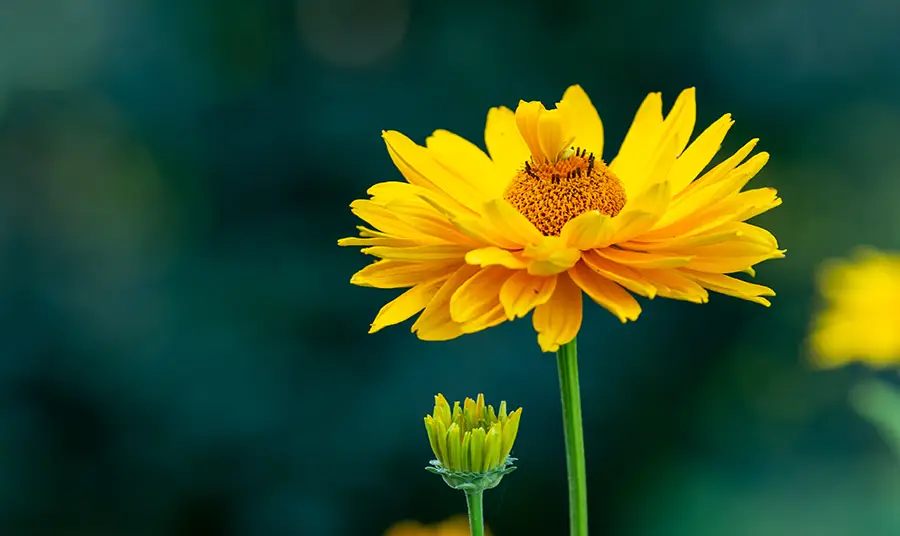Journey into Flower Photography!
Welcome to the captivating world of flower photography! This genre of photography, alternatively known as ‘bloom imaging,’ opens up a universe of vibrant colors, intricate details, and incredible patterns that often go unnoticed in our day-to-day lives. It’s an art form that challenges you to slow down, observe, and appreciate the beauty embedded within each bud and bloom. With a keen eye, a creative mind, and some technical know-how, you can transform these natural wonders into breathtaking works of art. I can transform these natural wonders into spectacular works of art that not only capture their essence but also evoke emotions and transport viewers to a world of enchantment.
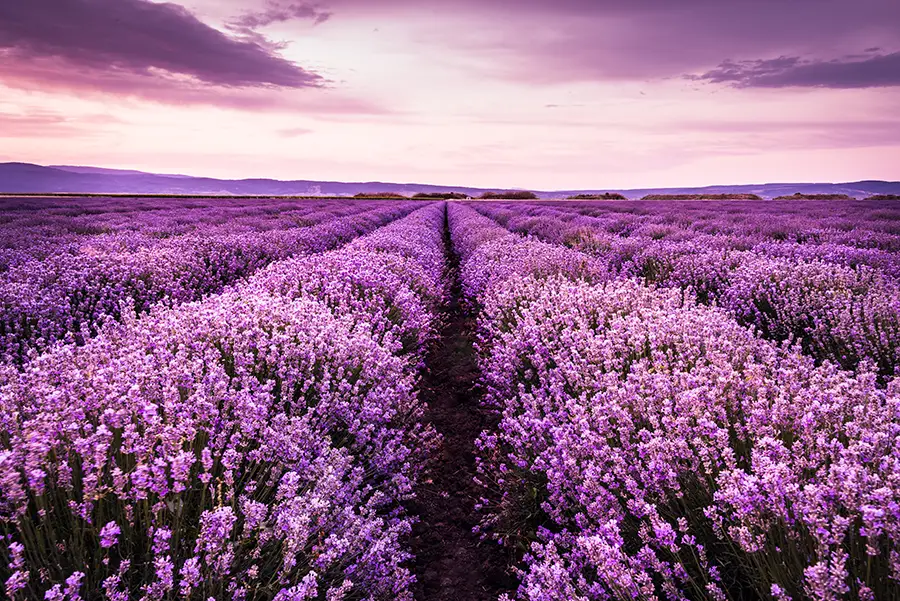
Flower photography is not merely about capturing a flower in a frame. It’s about conveying a flower’s essence, fragility and resilience, transience, and timeless beauty. It explores perspectives, a dance with light, and a celebration of colors. It allows you to delve into the heart of a bloom, revealing the mesmerizing details within – the delicate veins coursing through a petal, the dusting of pollen on a stamen, or the dewdrop clinging to the edge of a leaf.
Table of Contents
- Journey into Flower Photography!
- 1. Equip Yourself for Stunning Flower Photography
- 2. Understanding and Using Light
- 3. Tell Visual Stories With Composition Techniques!
- 4. Using Macro Photography
- 5. Create Perfect Photos with Post-processing Techniques
- 6. Additional Tips for Flower Photography
- Conclusion
- FAQs
5 Unmissable Tips for Flower Photography
- Understand and use light effectively
- Master the rules of composition and know when to break them
- Use macro photography to reveal the intricate details of flowers
- Experiment with abstract photography
- Don’t overlook non-floral elements
This photographic discipline also provides a beautiful avenue to express your creativity. You can experiment with various techniques, styles, and compositions. Whether you prefer the elegance of a monochrome rose portrait, the vibrancy of a field of tulips bathed in sunrise light, or the abstract allure of a super-macro petal shot, the possibilities in flower photography are boundless. In this comprehensive guide, I will prepare you with the tips and techniques to be an expert on your flower photography journey. Whether you’re a beginner discovering a budding interest or an experienced photographer seeking new horizons, the captivating world of flowers offers endless opportunities for learning and exploration.

1. Equip Yourself for Stunning Flower Photography
To effectively capture the stunning beauty of flowers, certain types of equipment can significantly aid in producing high-quality images. The followings are some key tools and their popular models to consider:
DSLR or Mirrorless Camera
A DSLR or mirrorless camera offers the best control over depth of field and picture quality, essential for capturing the minute details of flowers. Some popular models include the Canon EOS 5D Mark IV, a favorite amongst many professional photographers for its exceptional image quality and robust build, and the Nikon D850, loved for its high resolution and versatile features.
In the mirrorless category, the Sony Alpha a7 III is a well-rounded model boasting impressive autofocus capabilities and a high-resolution sensor. The Fujifilm X-T4, with its excellent image quality and color reproduction, is another superb option for vibrant, lifelike flower images.
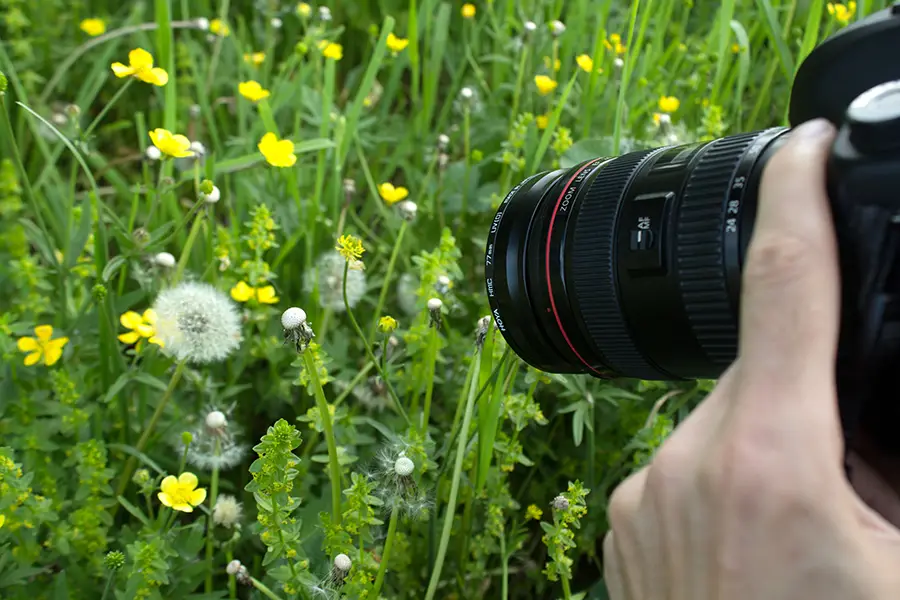
Lenses
A macro lens lets you get up close and personal with flowers, capturing the fine details often missed by the naked eye. The Canon EF 100mm f/2.8L Macro IS USM and Nikon AF-S VR Micro-NIKKOR 105mm f/2.8G IF-ED are excellent options that provide sharp, detailed images.
However, a telephoto lens can help isolate your flower subject from the background, creating a beautiful bokeh effect. The Canon EF 70-200mm f/2.8L IS III USM and Nikon AF-S NIKKOR 70-200mm f/2.8E FL ED VR are top contenders in this category.
Tripod
A sturdy tripod provides stability, especially when shooting in windy conditions or using slow shutter speeds for creative effects. The Manfrotto MT055XPRO3 Aluminum Tripod and the Gitzo GT1545T Series 1 Traveler are well-known for their durability and stability.
Reflector and Diffuser
Reflectors and diffusers help manage light, softening harsh sunlight or adding a bit of brightness in shaded areas. The Neewer 5-in-1 Collapsible Multi-Disc Light Reflector and the Fotodiox Pro Collapsible Panel are versatile tools, offering a range of reflective surfaces and diffusion options to suit various lighting conditions.
Remember, while having the right gear can help, your vision and creativity will transform an ordinary flower into an extraordinary image.
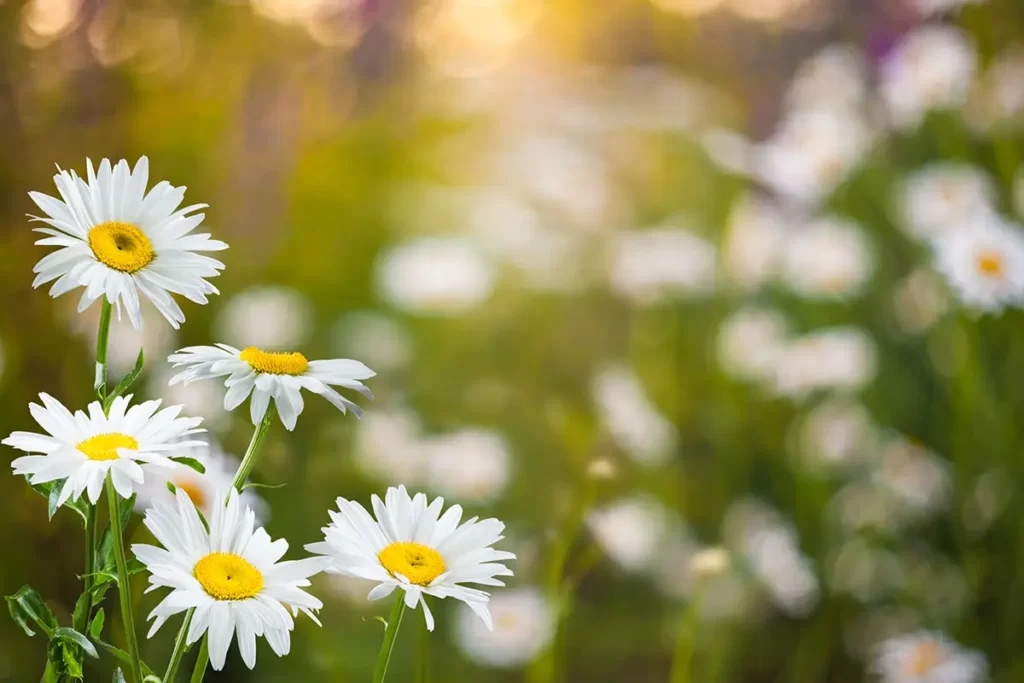

2. Understanding and Using Light
Light can greatly enhance or diminish flowers‘ delicate textures and vibrant hues, making it a crucial factor in blossom imaging. Different lighting conditions can drastically alter your floral subjects’ mood and visual appeal, from the soft, diffused glow of an overcast day to the dramatic, stark contrasts of a midday sun.
Natural Light
Natural light is a versatile and readily available illumination source for your floral subjects. However, it’s essential to understand its qualities at different times of the day.
The “golden hours,” the period shortly after sunrise or before sunset, offers a soft, warm light that can add a fantastic quality to your images. During these times, the sun is low on the horizon, casting long shadows and giving depth to your subject. The warm hues during these hours can make colors pop and give your images a dreamy, ethereal feel.
On the other hand, overcast days provide a naturally diffused light perfect for flower photography. The clouds act as a giant softbox, evenly distributing the light and reducing harsh shadows. This type of lighting brings out flowers’ vibrant colors and intricate details, making them appear more saturated and lively.

Artificial Light
When natural light isn’t sufficient or doesn’t provide the desired effect, artificial light can come to the rescue. It offers a level of control often unattainable with natural light, allowing you to manipulate the light’s intensity, direction, and color.
A flash, whether on-camera or off-camera, can be a powerful tool for illuminating your floral subjects. It can fill in shadows, provide a catchlight, or serve as the main light source. When using a flash, it’s important to diffuse the light to avoid harsh shadows and highlights. Tools like softboxes or diffusers can help achieve this.
LED lights are another excellent source of artificial light for flower photography. They provide continuous lighting, allowing you to see the effect of the light in real time. Models like the Aputure AL-M9 or the Godox LEDM32 are compact and lightweight, making them a great addition to your gear bag.
Regardless of the light source, the key is to experiment and understand how light interacts with your subject. With practice, you can utilize the power of light to create captivating and dynamic floral images.
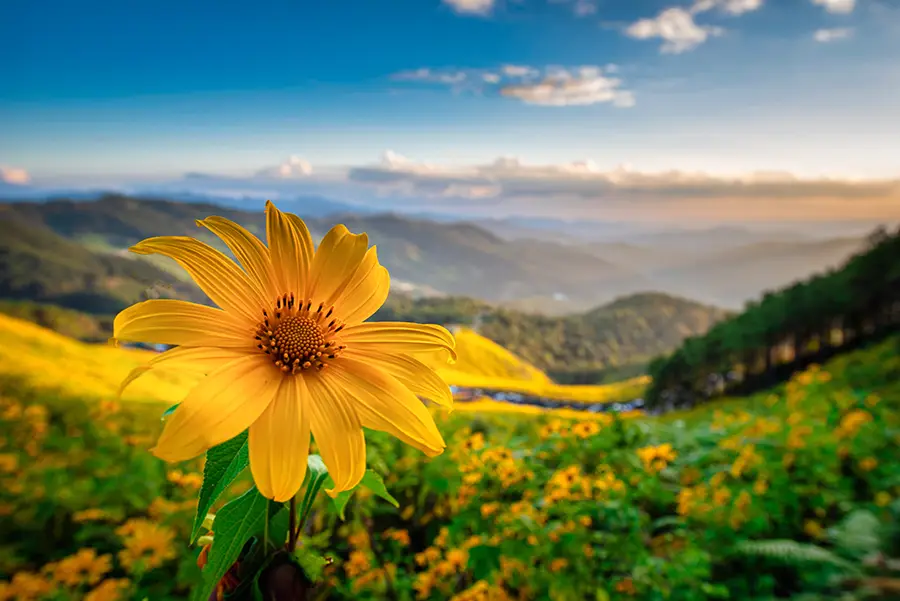
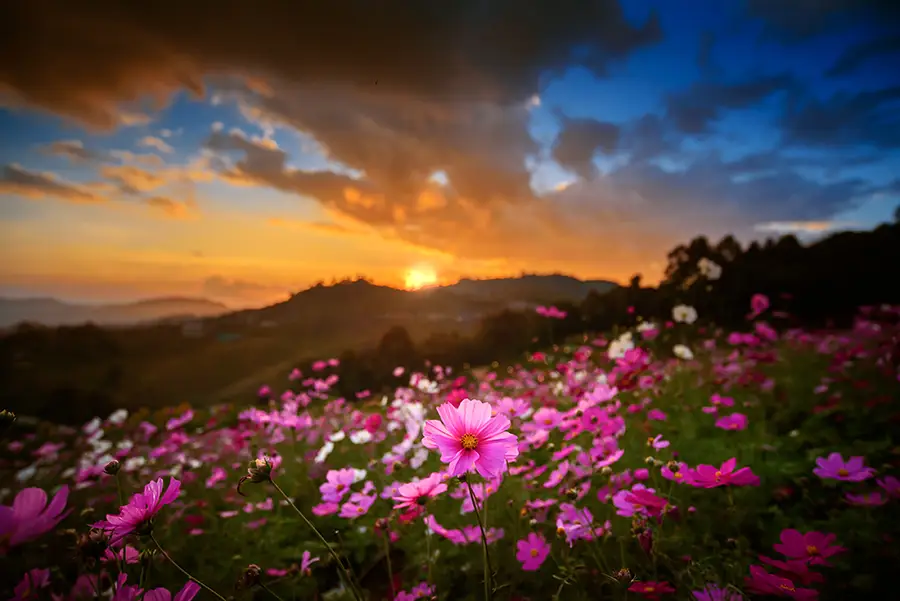
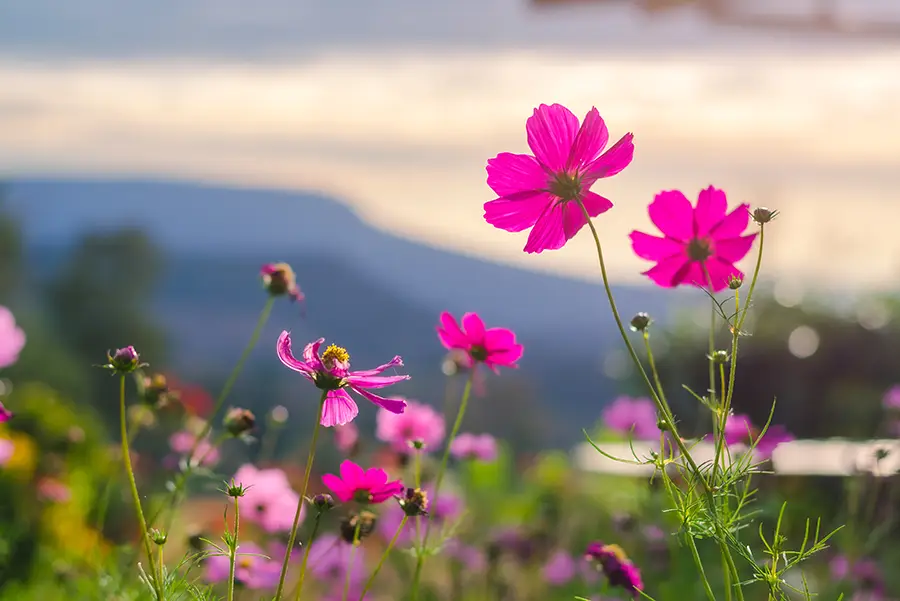
3. Tell Visual Stories With Composition Techniques!
Mastering composition is a fundamental part of creating visually pleasing floral images. It’s about organizing elements within your frame to guide the viewer’s eye and tell a story. Let’s explore some of the most effective composition techniques in blossom imaging.
Rule of Thirds
The Rule of Thirds is a time-tested principle that can instantly improve the balance and appeal of your images. Imagine dividing your frame into a 3×3 grid and then positioning the most important elements of your subject – like the center of a flower or a particularly unique petal – along those lines or at their intersections. This often creates a more balanced and engaging image than simply placing the subject in the center.
For example, consider a sunflower field. Instead of centering a single sunflower, try placing it at one of the intersections of the imaginary grid. This highlights your subject and incorporates the surrounding field into your image, creating a sense of environment and context.
Frame Filling
Filling the frame involves zooming in or moving closer to your subject to let it dominate the image. This technique is particularly effective in flower photography as it allows you to showcase the intricate details and colors of the blooms.
Consider a shot of a rose. By filling the frame with the rose, you can highlight the textures of its petals, the curves of its form, and the richness of its color. The viewer is drawn directly to the rose without any background distractions, making for a powerful and intimate portrait of the flower.
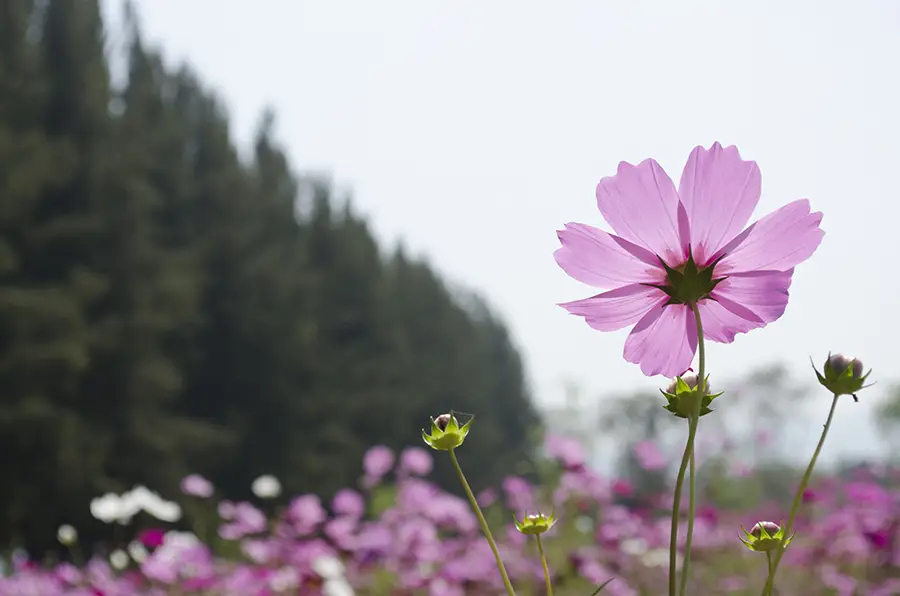
Use of Background
A well-chosen background can enhance your floral subject, adding depth and context to your image. On the other hand, a cluttered or distracting background can detract from the beauty of the flower.
For instance, when photographing a tulip in a garden, choose an angle that offers a clean, uncluttered background. This could be a patch of green grass, a section of clear sky, or even a distant garden bed blurred into a wash of color. The key is to ensure that the background complements the flower and does not compete with it for attention.
In composition, there are no hard and fast rules, only guidelines. Don’t hesitate to explore and break these guidelines when your artistic intuition leads the way. After all, photography is an art, and you are the artist.

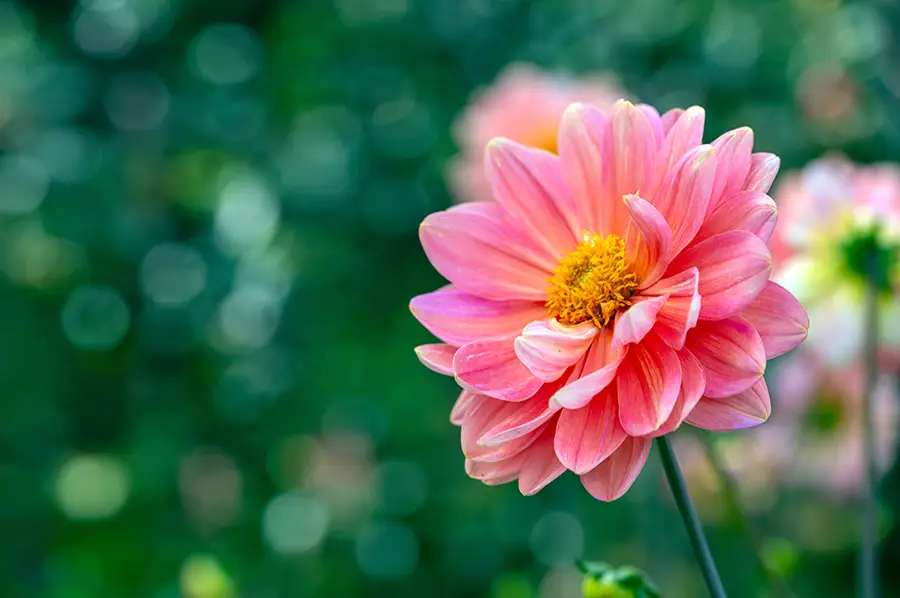
4. Using Macro Photography
Macro photography, often called close-up photography, offers a window into the intricate world of flowers. It’s about capturing the tiny details that often go unnoticed, revealing a new perspective and appreciation for your floral subjects.
Understanding Macro Photography
In macro photography, you capture your subject in a life-size (1:1) or larger scale on your camera sensor. This attention to detail can yield stunning images that showcase the intricate patterns, textures, and colors of flowers. For flowers, this could mean filling your frame with a single petal, the heart of a bloom, or a drop of dew on a leaf.
For example, consider a shot of a daisy. Instead of capturing the whole flower, you could focus on the spiral pattern of its tiny disk florets in the center. With a macro lens, you can capture this detail, revealing a mesmerizing pattern that is typically overlooked. I would recommend you refer to the Macro Photography guide for further insights into this type of photography.
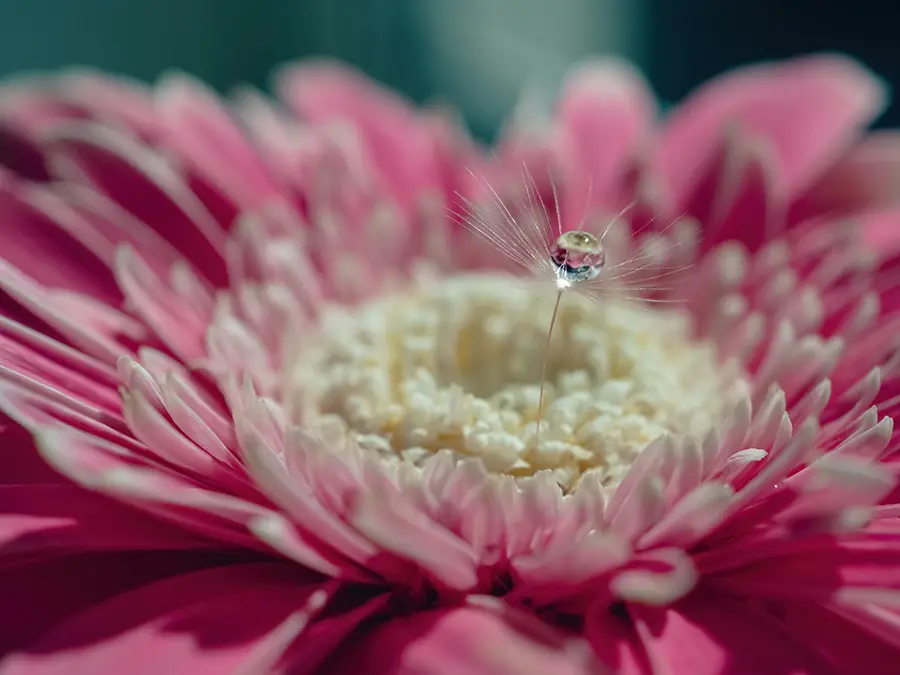
Techniques for Macro Flower Shots
Macro photography requires patience and a steady hand, as any small movement can shift your subject out of focus. Using a tripod can provide the necessary stability. It’s also important to use manual focus to ensure precision, as autofocus can struggle at such close distances.
Experiment with different angles and compositions when shooting macro. For instance, shooting a lily from the side could highlight the curve of its petals, while shooting from below might showcase its patterned underside against a backdrop of blue sky.
Remember, lighting is crucial in macro photography. Use a diffuser or reflector to soften harsh shadows and bring out the vibrant colors of the flower. Alternatively, a small LED light or flash can illuminate those minute details that make macro photography compelling.
Venturing into macro bloom shots can transform your perspective on flower photography, turning common blossoms into extraordinary subjects. It’s a journey of discovery, revealing the unseen and celebrating the beauty in minutiae.
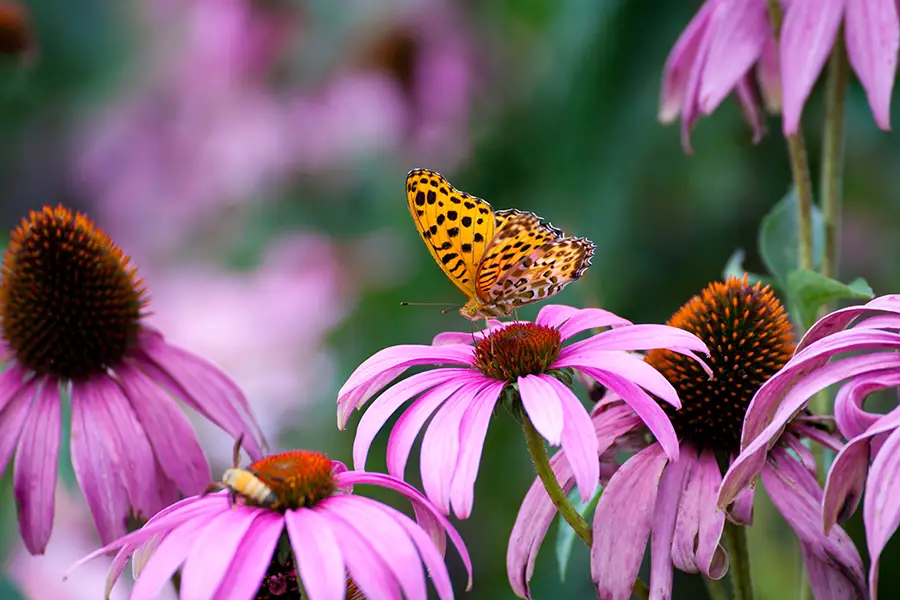
5. Create Perfect Photos with Post-processing Techniques
Post-processing plays a significant role in flower photography, allowing you to fine-tune your images and bring your creative vision to life. While a well-captured photo is the foundation of good photography, subtle edits can enhance colors, balanced light, and sharpen details, transforming a good image into a great one.
Color Correction and Enhancement
Color plays a critical role in flower photography, and post-processing allows you to correct and enhance these colors. Tools like ‘Temperature’ and ‘Tint’ can help correct any color casts that might have resulted from your camera’s white balance settings. ‘Vibrance‘ and ‘Saturation‘ controls can enhance the intensity of colors, making your flowers pop.
For example, you’ve captured a field of poppies under overcast conditions. While the image is well-composed, the colors of the poppies appear a bit dull. Using a tool like Adobe Lightroom, you can increase the saturation and vibrance to bring out the red of the poppies, creating a more striking image.
Detail Enhancement and Noise Reduction
Post-processing also enables you to enhance the details of your flowers and reduce any noise in your image. Noise reduction features can smooth out graininess resulting from a high ISO setting, providing a cleaner final image. Sharpening tools can help highlight the fine textures in the petals or the pollen grains on the stamens.
Consider a macro shot of a sunflower. If the image was shot at a high ISO and has noticeable noise, a noise reduction tool could help smooth out the image while maintaining the crucial details. In post-processing, you could use the sharpening tool to emphasize the texture of the sunflower’s center, making the individual seeds more visible.
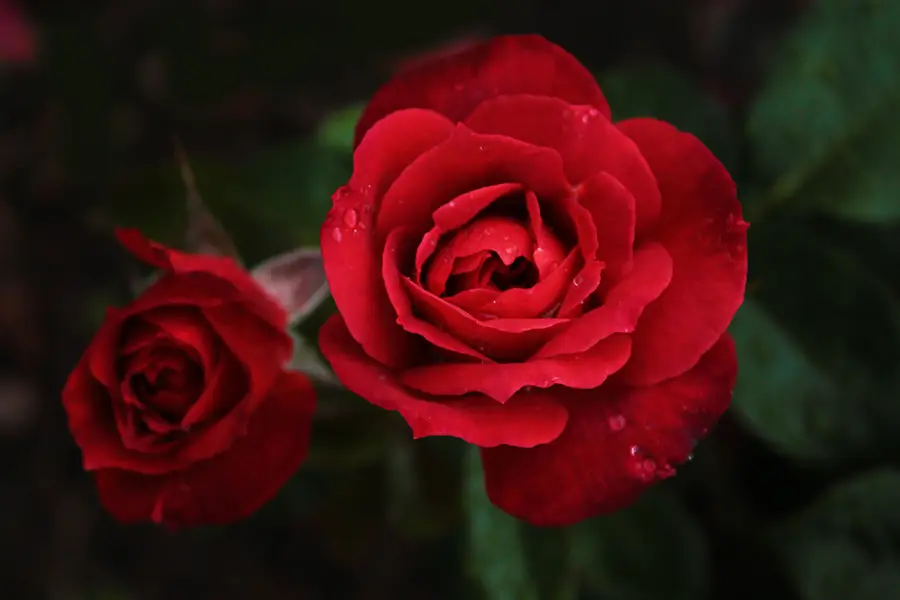
Creative Editing
Beyond basic corrections and enhancements, post-processing also allows for more creative edits. This could involve converting your image to black and white for a timeless, classic look or adding a vignette to draw attention to your flower.
Imagine a monochrome image of a rose. The absence of color focuses on the rose’s form and texture, highlighting the elegance and intricacy of its design. A slight vignette could further direct the viewer’s attention to the rose, enhancing its visual impact.
Remember, post-processing aims to enhance your image, not to “fix” it. Aim to capture the best shot in the camera, then use post-processing to refine and realize your creative vision.
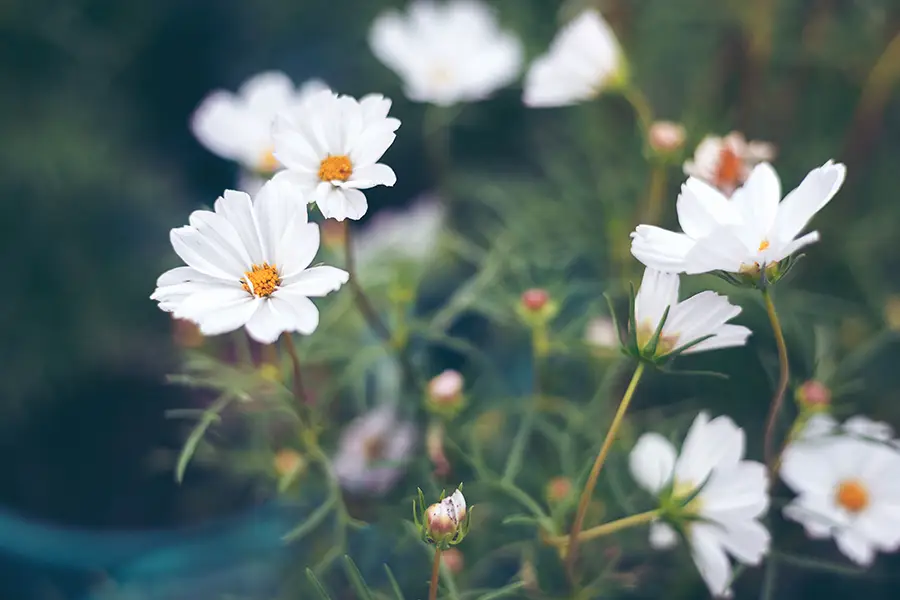
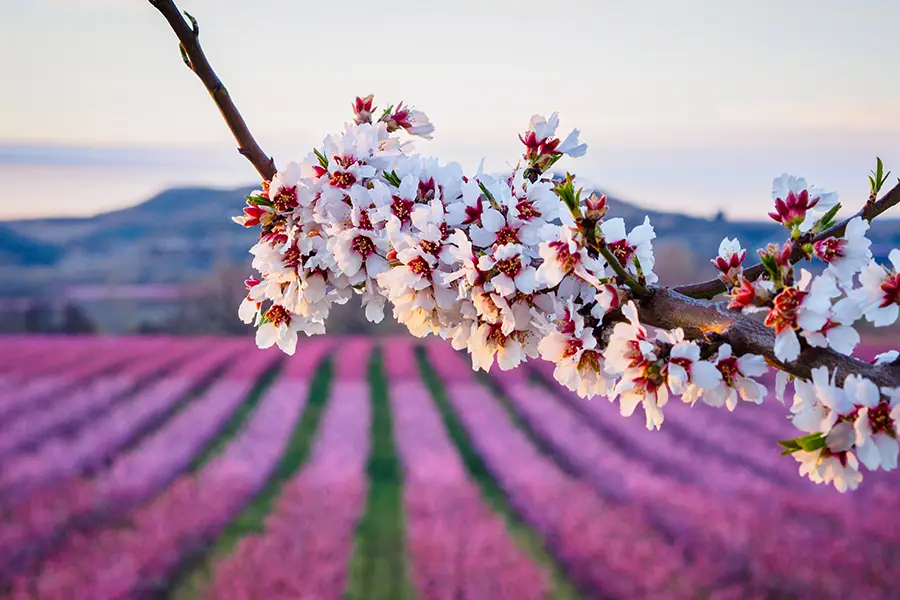
6. Additional Tips for Flower Photography
Beyond the essential gear, understanding of light, composition rules, and post-processing techniques, a few additional tips can elevate your flower photography to the next level.
Experiment with Abstracts
Flowers can make excellent subjects for abstract photography. By focusing on specific shapes, lines, or color patterns, you can create unique, compelling images that encourage viewers to pause and ponder.
Look Beyond the Blooms
While blooms are the show’s stars, don’t overlook other elements like stems, leaves, or soil. They can add depth, context, and visual interest to your image, creating a more comprehensive story of the flower’s life.
Embrace the Weather
Weather conditions, such as rain or dew, can add intrigue to your flower photos. Water droplets on petals or leaves can act as tiny lenses, refracting light and creating fascinating effects.
Conclusion
Flower photography, or blossom imaging, is a rewarding and enriching photographic discipline that allows you to explore and appreciate the natural beauty around us. It’s a field where patience, observation, and creativity are just as important as technical skills. Whether you’re a novice looking to dip your toe or an experienced photographer seeking a new challenge, this guide provides a comprehensive overview of the essential leads and techniques to help you.
Remember that photography, at its core, is a form of expression. Every flower possesses its uniqueness, so your depiction of it should reflect that individuality. Take these tips as a foundation, but don’t hesitate to defy conventions and trust your instincts.
FAQs
To achieve a blurry background, or bokeh, use a wide aperture (small f-number), get close to your subject, and keep some distance between your subject and the background.
Macro work often requires a small aperture (large f-number) for greater depth of field, a low ISO for less noise, and a shutter speed that compensates for any movement.
Experiment with different perspectives, use creative lighting, focus on unique details, and try various post-processing techniques to give your images a unique look.
A macro lens is often considered the best for capturing detailed close-ups of flowers. However, a telephoto lens can also help isolate your subject from the background.


